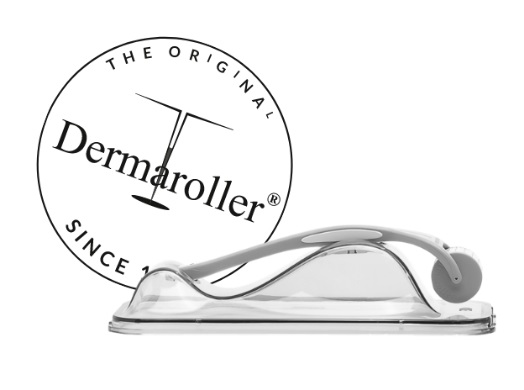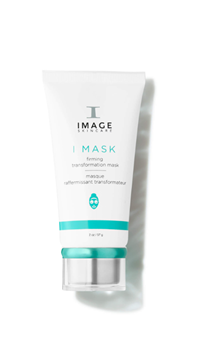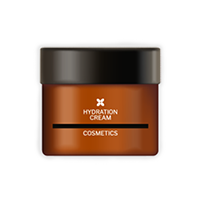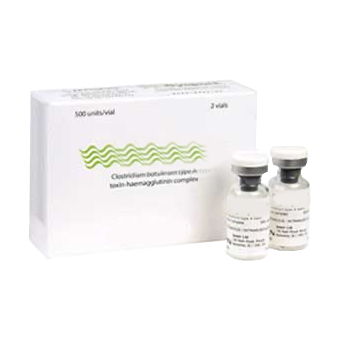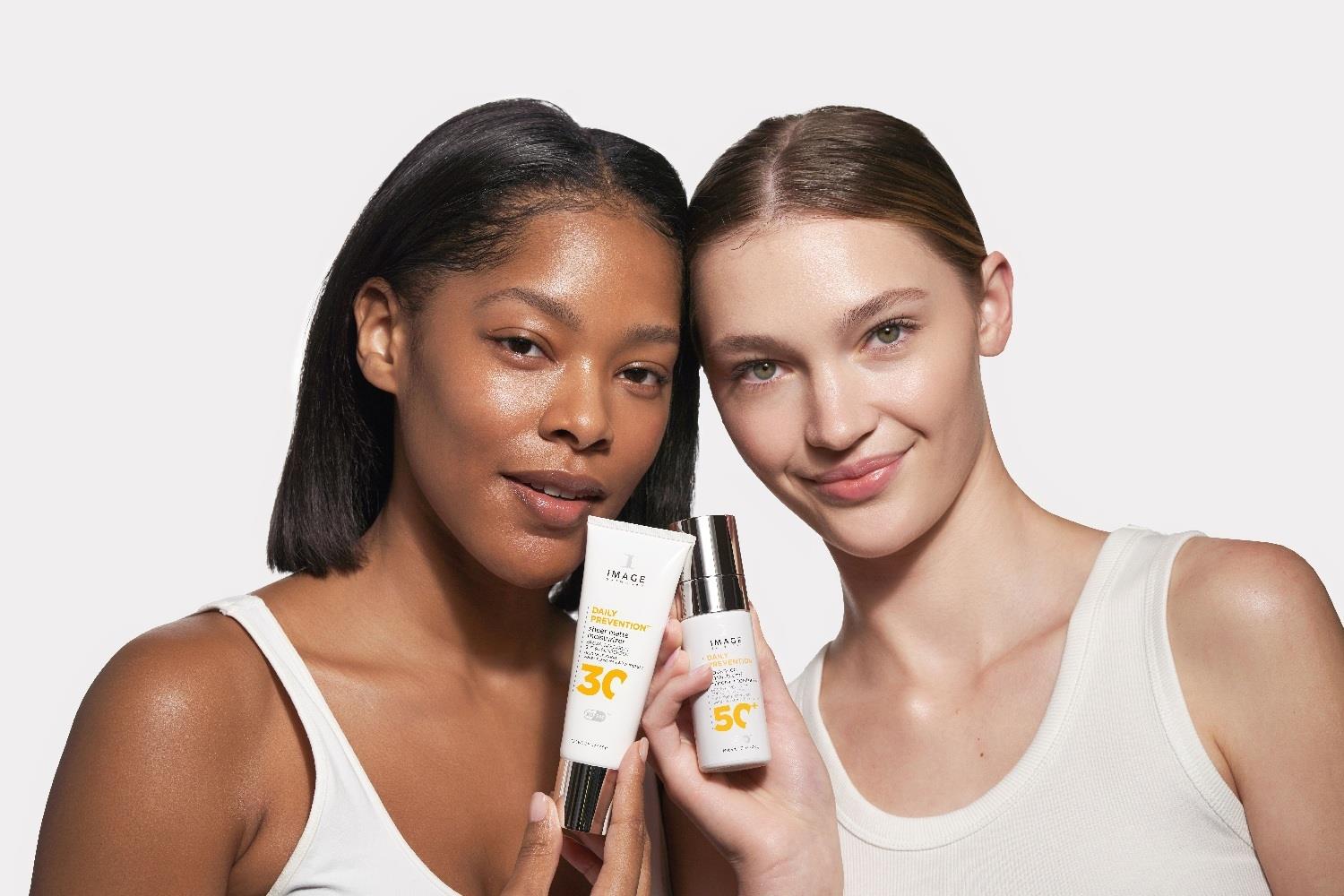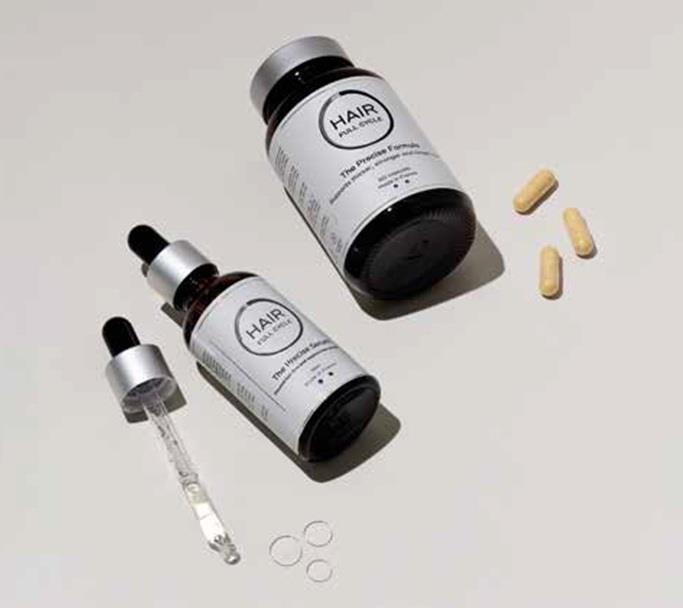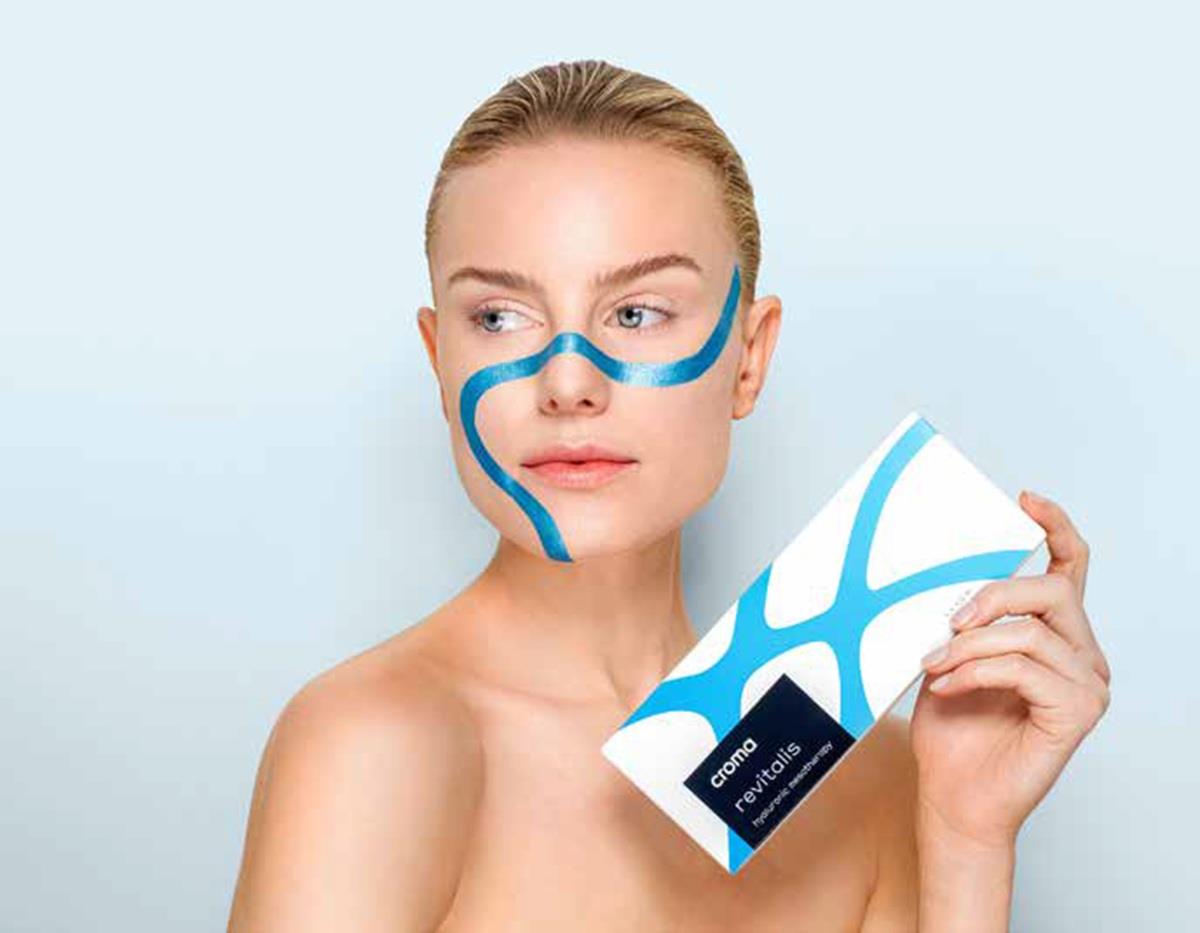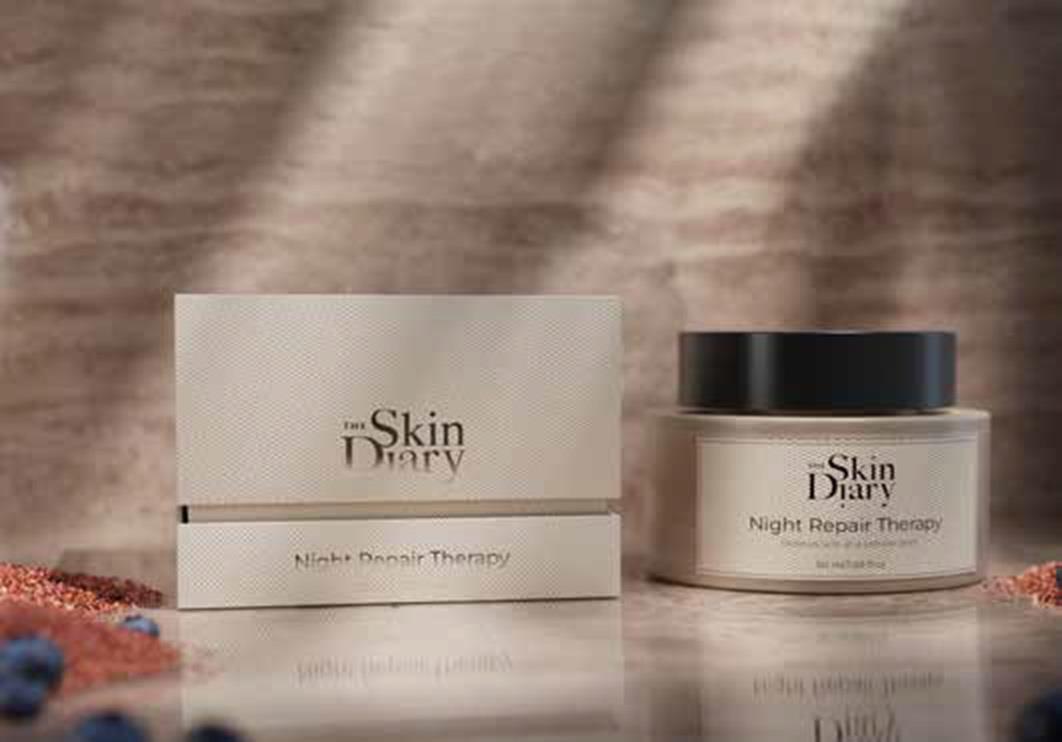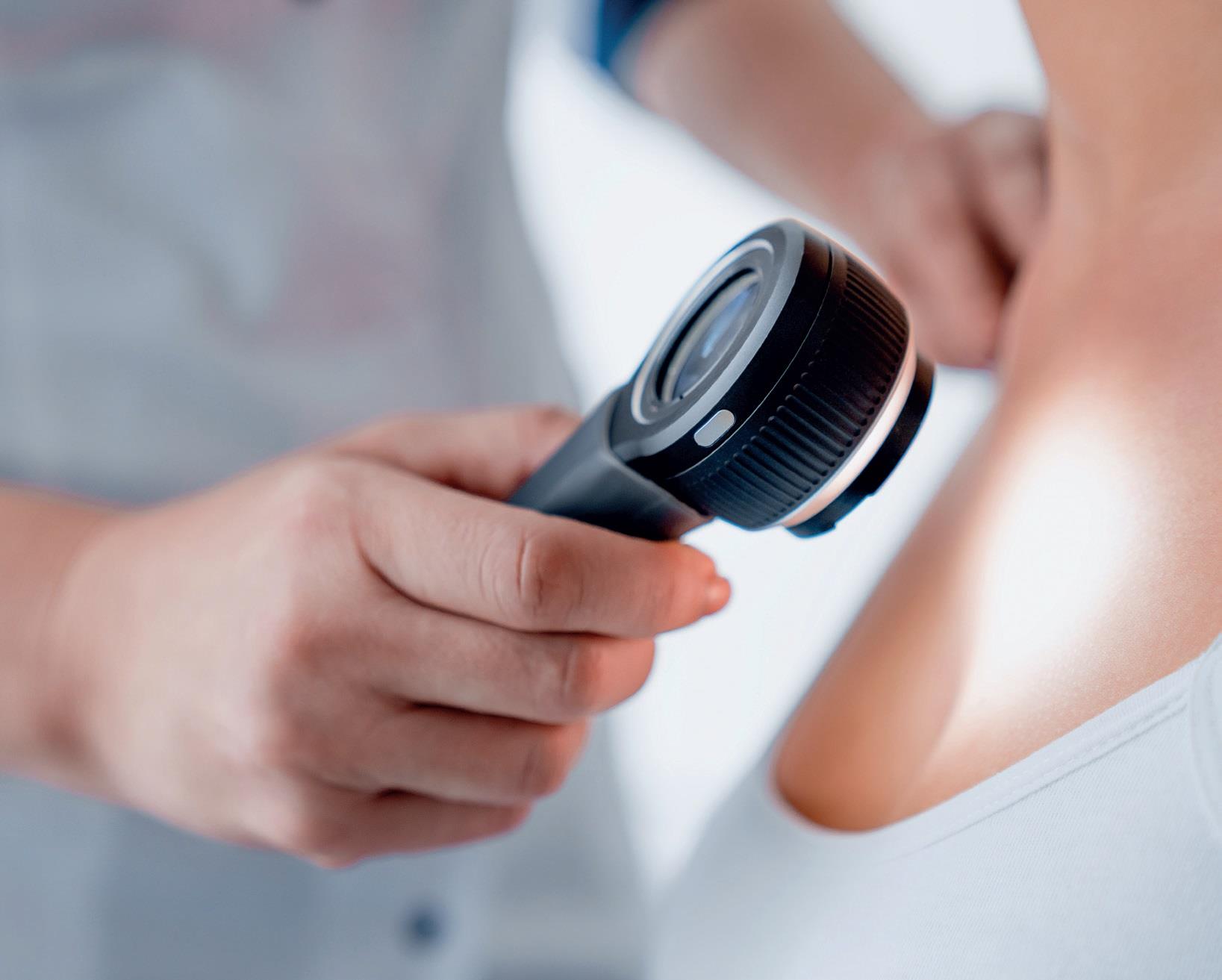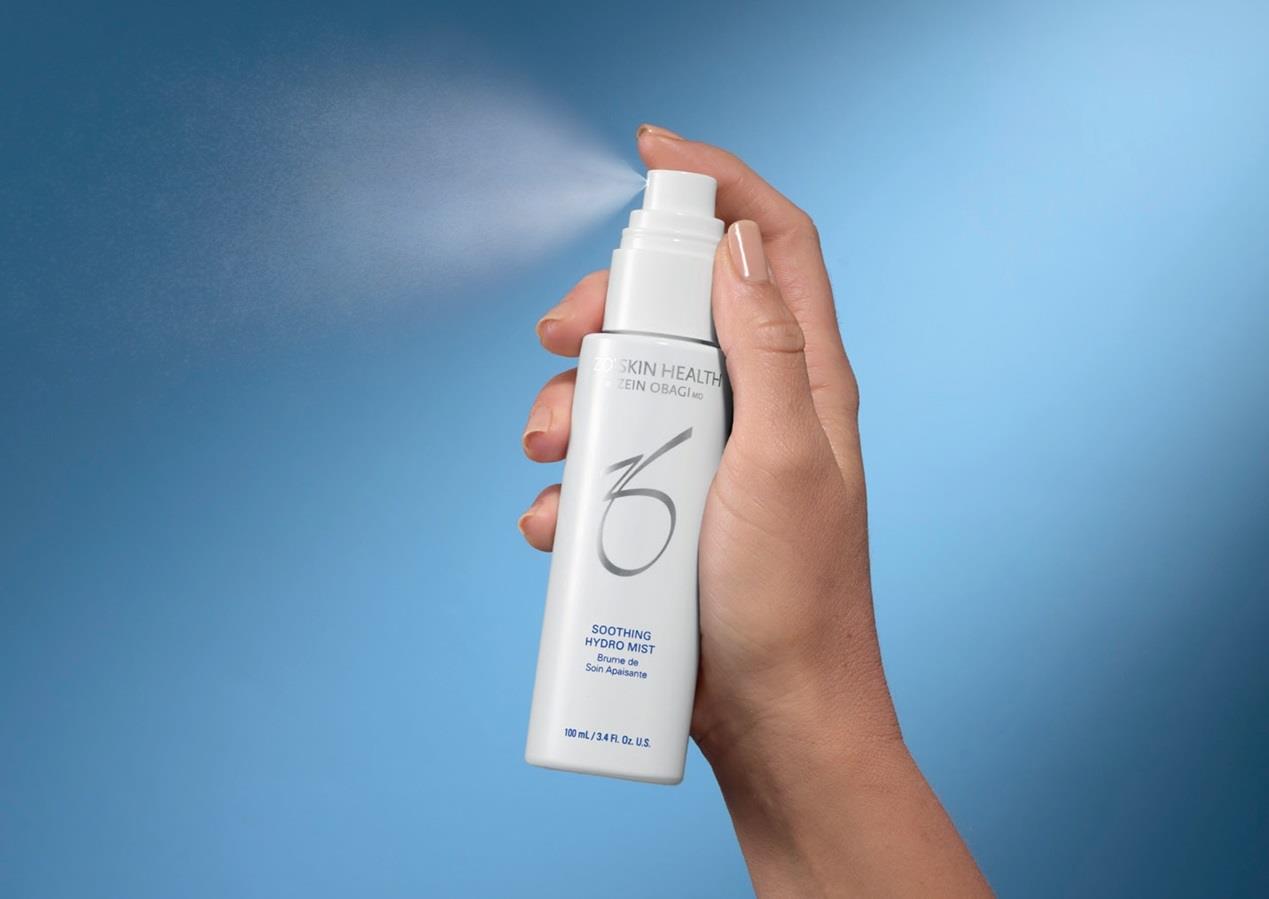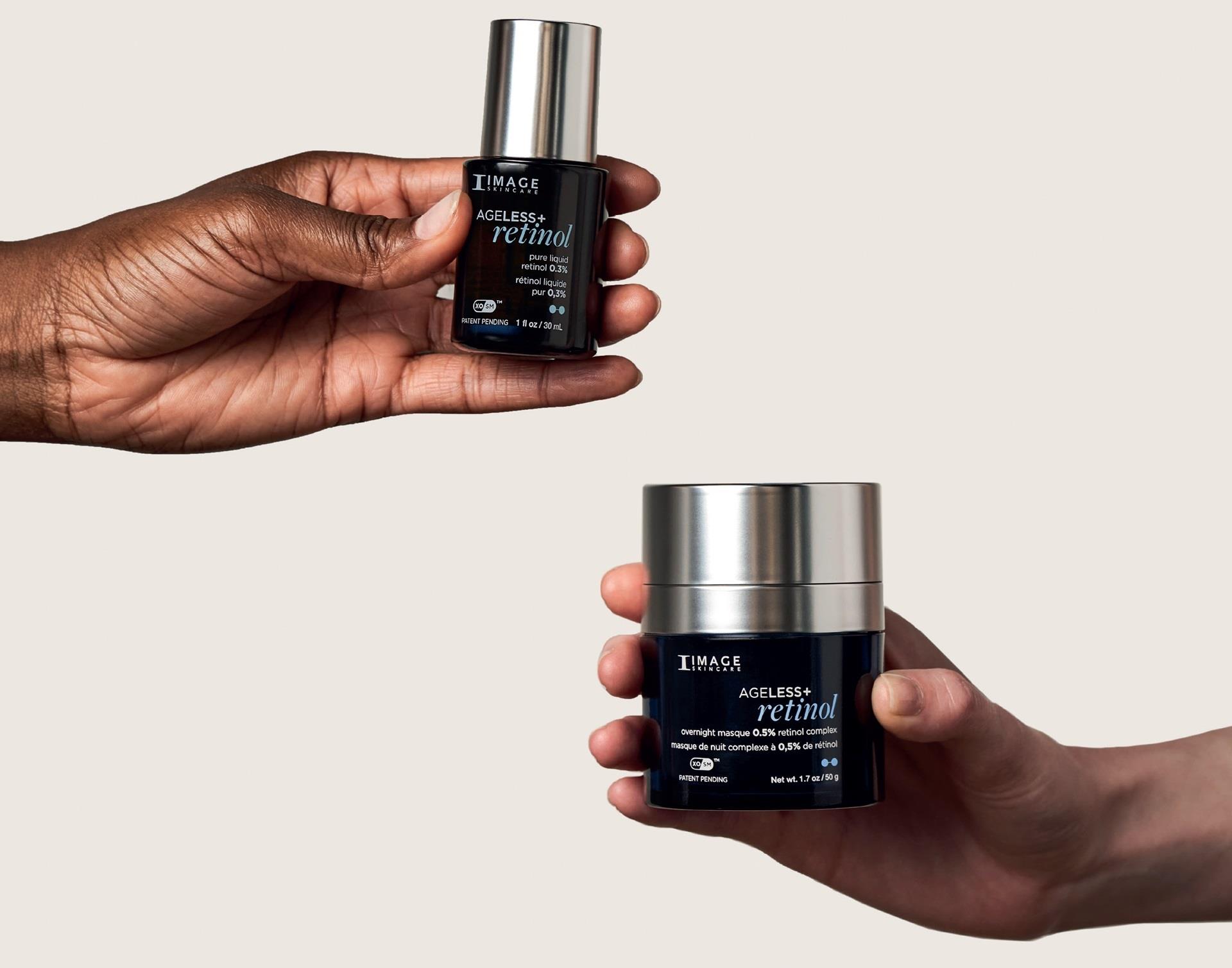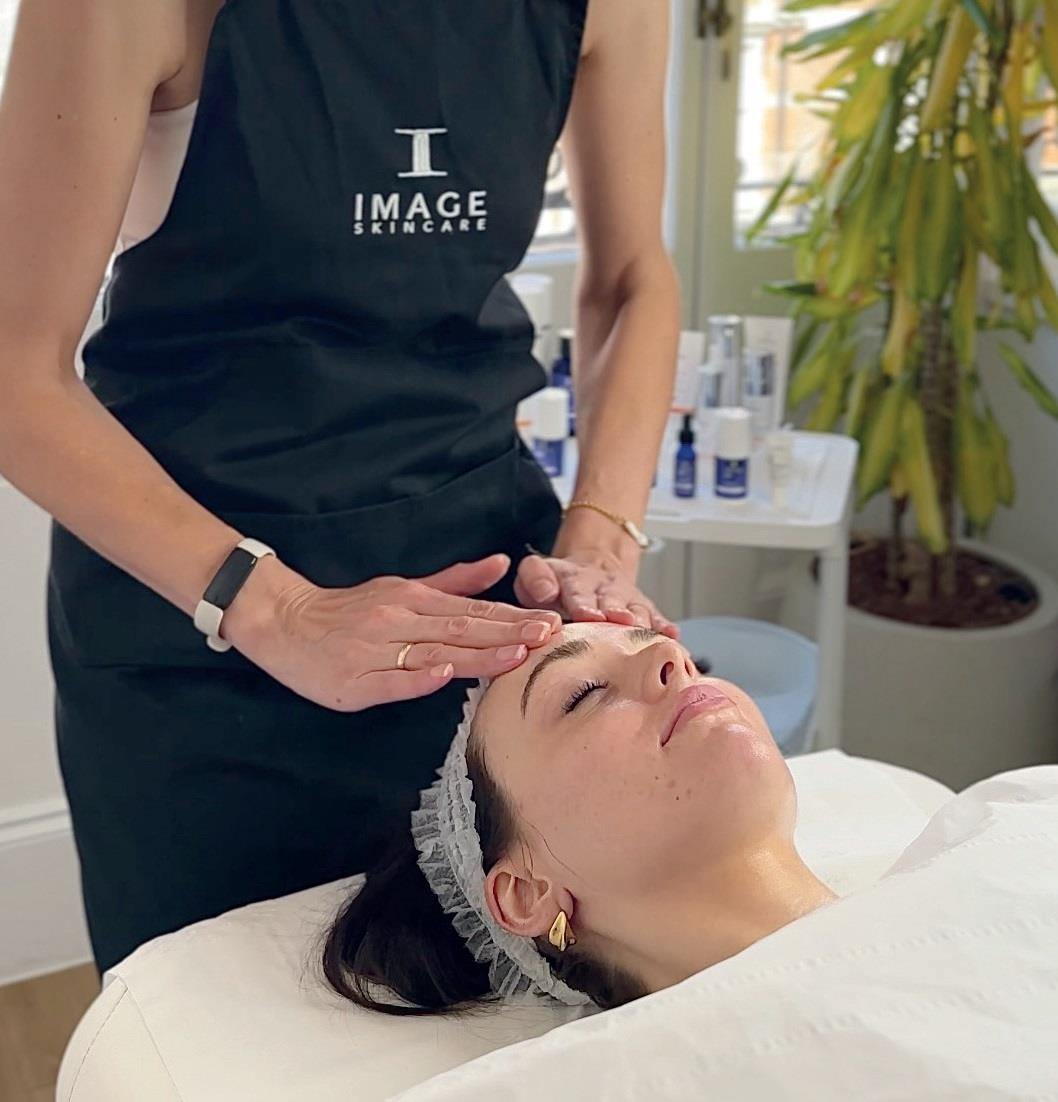
The most important skill when you practice medicine is how to evaluate your patient.
If you hand your patient a mirror when they enter your clinic, and ask them to point out what concerns them, they may point out one or two flaws. If I
then point out another 10 problems they don’t yet see, I wouldn’t be taking into account how the patient feels—you have to strike a balance.
You also need to consider your patients’ psychology—do they have unrealistic expectations for the treatment, and are they prepared to follow instructions? Make sure that you fully explain how long any treatment will take, what the cost is and what procedures will be needed to achieve results.
The other question it is vital to ask, is do they have any allergies? Many doctors forget to ascertain if there is anything that could potentially lead to the patient returning with a reaction—so ask. It is also essential to learn what treatments they have had before.
Assessing the skin
The next question I pose in relation to skin health is, “do you feel, or have you been told in the past, that you have sensitive skin?" You will be surprised how many people say yes. However, medically there is no such thing as sensitive skin, instead, they are referring to damaged skin, and we can fix that ‘sensitivity’, or damage, within five to six weeks.
When I see a patient, I look for their skin ‘attributes’. How hydrated, firm or damaged is the skin? What is the skins’ integrity, how tolerant is the skin and what is missing? I consider the skin type—I have my own classification based on colour, texture, thickness, oiliness and tolerance—and then I make my diagnosis. I don’t limit this to the main problem, I look for what is missing in the skins’ attributes, and my job is to make the skin healthy. And in order to do this, you always have to make a comprehensive diagnosis before beginning treatment.
I then address the skins’ ability to respond to treatment, and what we have to direct it to correct. For example, I had a patient who came to me with two main skin complaints; texture and sensitivity. The first thing I did was restore normal skin barrier function to eliminate the sensitivity, and then I evaluated what was left to correct after the initial transformation at about six weeks.
Monitor treatment progress throughout so you can pinpoint when and how you achieved the corrections you needed, and shake up treatment if required.
You will find that in general, the reason for treatment failure is the patient not complying with instructions.
Restoration
For many years, the problem I have worked on solving is why our skin changes with ageing. Why don’t we keep the baby skin we were born with? One of the governing factors in adults is chronic inflammation in the skin, which disturbs cellular function.
And how do you treat this inflammation? There’s nothing that can be done systemically, and it took me years to work out that the only way to treat it is to cause acute inflammation. Acute inflammation is a building process—a correcting process.
You can correct all skin problems by restoring normal cellular function. We can rebuild the skin by creating an attack of acute inflammation that then causes the skin to repair and correct itself. After three to six weeks, you start to see healthy skin coming back as the cells are working properly. Your patients might hate you during this cycle, while the skin dries, exfoliates and peels, but then they will see the real results.
You absolutely have to eliminate chronic inflammation by creating acute inflammation.
Treatment
A baby’s skin has no sebum, and it’s beautiful. Skin starts to be damaged to an extent when hormones trigger the production of sebum; chronic inflammation starts to establish itself and the destruction of skin begins. So, we have to eliminate sebum as much as we can, starting topically by washing the face morning and night.
While we are repairing the barrier function, I tend to use antioxidants—vitamin C and also beta peptide. Then after six weeks, I will add something to exfoliate the epidermis and allow it to renew, and then I may add something to stimulate the skin. I also use an anti-inflammatory agent at this point at a low strength which can be increased to maximum strength.
In the second phase of treatment, after roughly six weeks, once cellular function has been restored, we can add in high concentrations of retinol. And then you can go onto a maintenance treatment regime.
Acne and rosacea
If there are concerns with acne, you may need to also use systemic treatment to control sebum, but I use this at a low dose for only two to three months.
If a patient has rosacea, it can be complex, however, I treat based on eliminating what I can see. Control the sebum first, exfoliate the surface damage, use vitamin C to build the barrier function, use an anti-inflammatory agent to reduce redness and then repeat these steps at night.
With both acne and rosacea, your main objective needs to be to restore healthy skin. If you use steroids for example, you will suppress all cellular function and then you can end up with a bigger problem because the barrier function will become deficient.
Restoration of healthy skin may also involve using other procedures such as laser treatment. But the patient will respond with less complications if the cellular function of the skin has been restored beforehand.

Conclusion
In skin health restoration, you have to make a comprehensive diagnosis that does not purely focus on one problem, but all problems with all the skins’ attributes and then create a treatment that restores cellular function in the barrier. Achieve your objective.
When a patient walks into my clinic, I tell them they will be stuck with me for life! I will restore their skin health and provide the best skincare to keep it healthy forever. If my patients follow the correct protocol, we can prevent acne, sun damage and even ageing by keeping the cellular function working well and giving skin the ability to renew itself.

For more than 35 years, Dr Zein Obagi, board certified Dermatologist, has pioneered advanced skincare solutions based on his philosophy of creating healthy skin as opposed to merely treating disease and damage. His visionary approach has earned him an international reputation as a leading authority on skin health and rejuvenation. He is ranked among the world’s top experts on chemical peels and is highly skilled in treating skin of colour, often tackling the most difficult cases.
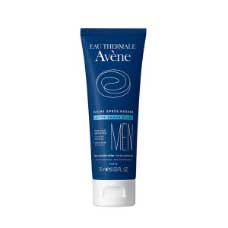
 Added to basket
Added to basket

 Unapplied Changes
Unapplied Changes


